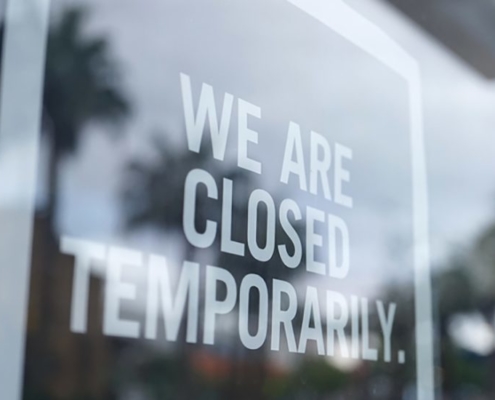Posts

CPL Latest Brief Highlights Unemployment Insurance Claims in California During the COVID-19 Pandemic
Earlier this month, the UCLA California Policy Lab released their…

UCLA California Policy Lab’s Latest Policy Brief Highlights the Difficulties CA. Workers Continue to Experience as the Economy Re-Opens
The UCLA California Policy Lab has released their fourth policy…

UCLA California Policy Lab Releases Report on the Impact of COVID-19 on California’s Labor Market
New Analysis of Unemployment Insurance Claims in California Provides…

